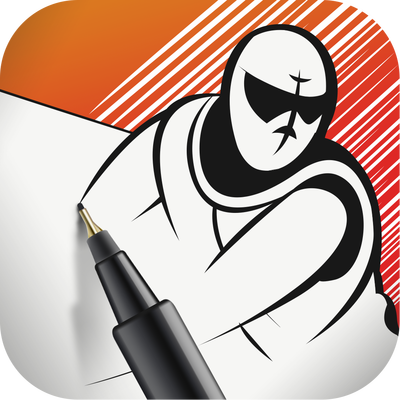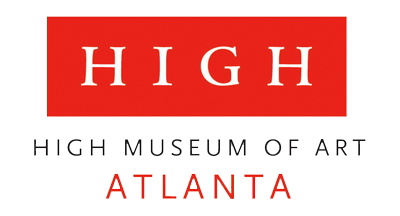|
As part of our 2023 book tour we collaborated with Syndicate Comics to celebrate Free Comic Book Day. Free Comic Book Day is an annual event when comic book shops give out free comics to the public to encourage reading and literacy. We tabled to sell our wares along other local creators Wayne Vansant and Deegan Puchkors. It was a great time and fun experience. We always appreciate good company. Big thanks to Syndicate Comics for being awesome hosts.
Free Comic Book Day: https://www.freecomicbookday.com/ Syndicate Comics: https://www.syndicatecomicshop.com/
0 Comments
This year we launched two new comic books, The Ambiguously Brown Couple and The 5 Minute Circuit at Fanfest 2023. This was a wonderful event hosted at the Oconee County Civic Center. Ananya did a writer’s panel. We sold some comics and of course enticed the local talent to participate in the ever going #PVSketch challenge. It was a fun time and great opportunity to share our work. #PVSketch in full effect!Checkout this interview with Go Solo where we talk about entrepreneurship and more of what we do. Click the link to find out more!
link: https://gosolo.subkit.com/prime-vice-studios/
The Latinx Comic Arts Festival is the California Central Valley's celebration of Latinx comic arts creators and friends. This event was directed by Dr. Theresa Rojas. She is an artist and professor of English and Ethnic Studies at Modesto Junior College. This year this wonderful festival was hosted completely online. I had the honor to participate in a panel and also showcase new some art for their online gallery.
This festival featured an incredible assortment of panels. Some were prerecorded and others were steamed live. Topics ranged from Mesoamerican Comics, to feminism, Latina superheroes, storytelling across mediums, Latinidad, machismo, family, friends, culture, comics designs and of course creating in the time of the pandemic (which featured Javier Hernandez- creator of the legendary El Muerto, The professor and comics scholar Dra. Fernanda Diaz-Basteris, artist Justin Rueff and myself). The panelists themselves were an incredible and diverse assortment of comics creators, scholars, and enthusiasts. Some of whom I am very proud and lucky to know as colleagues. This event provided a great opportunity to learn, share, inspire each other and motivate others to tell our stories. Please click below for links to the festival website, the full playlist of panels, walk through the virtual art gallery or check out my panel where we talk shop on how we deal with comic creation during these crazy times. Peace, Loso Perez
The Latinx Comic Arts Festival website:
https://www.latinxcomicartsfest.com
Youtube playlist of all the LCAF panels:
https://youtube.com/playlist?list=PLr7t084l6AVyyQfh4xUMLxCg-Fr0R1dc8 Panel featuring PVS:
|
Archives
November 2023
Categories
All
|

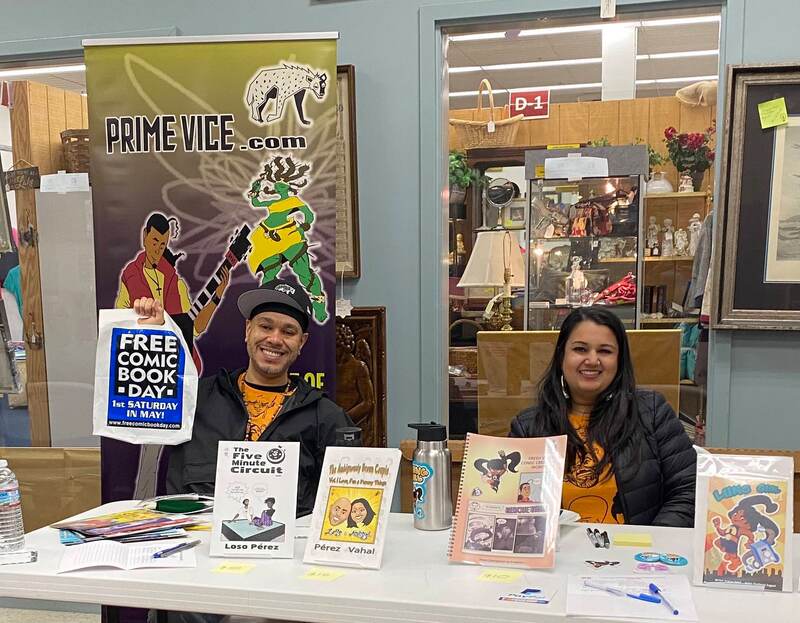
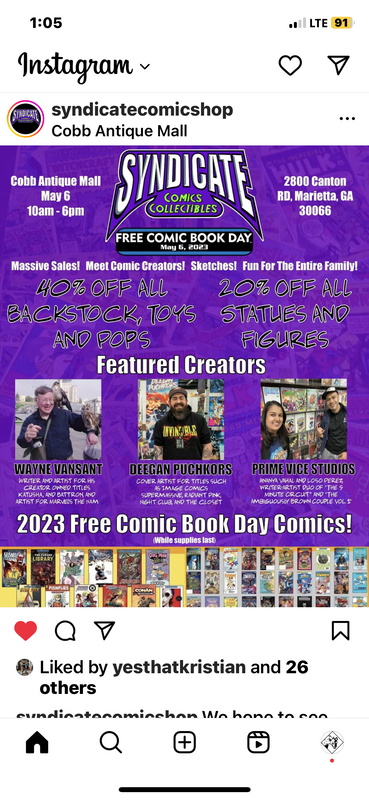
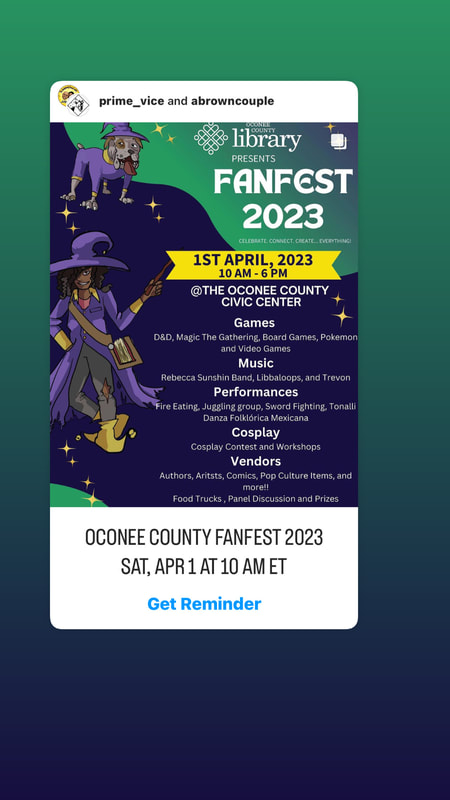
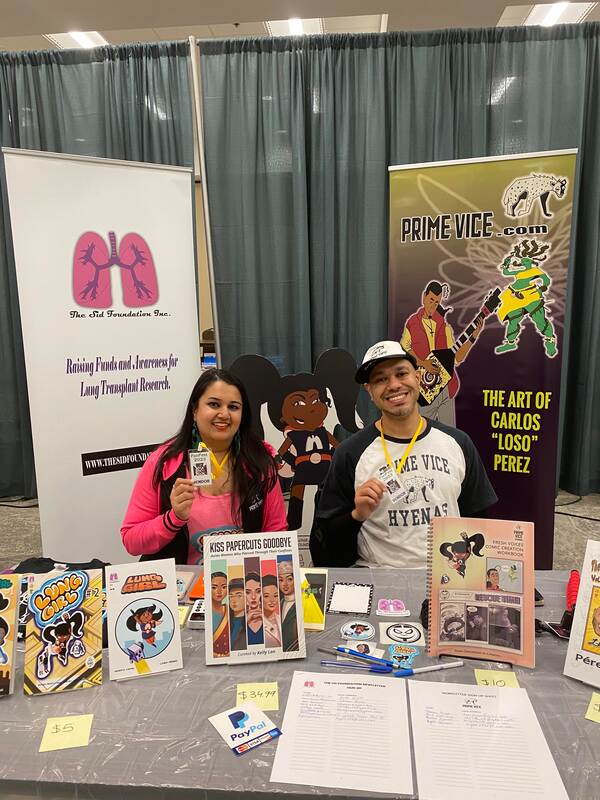
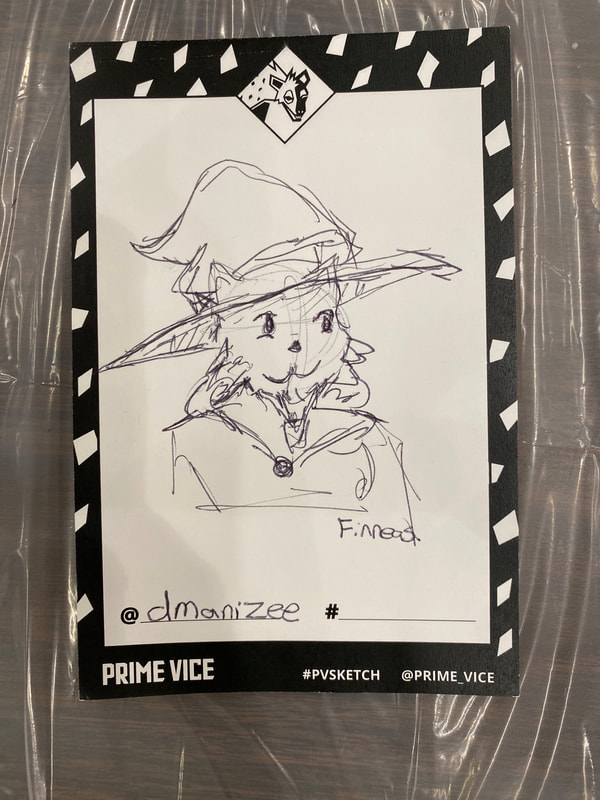
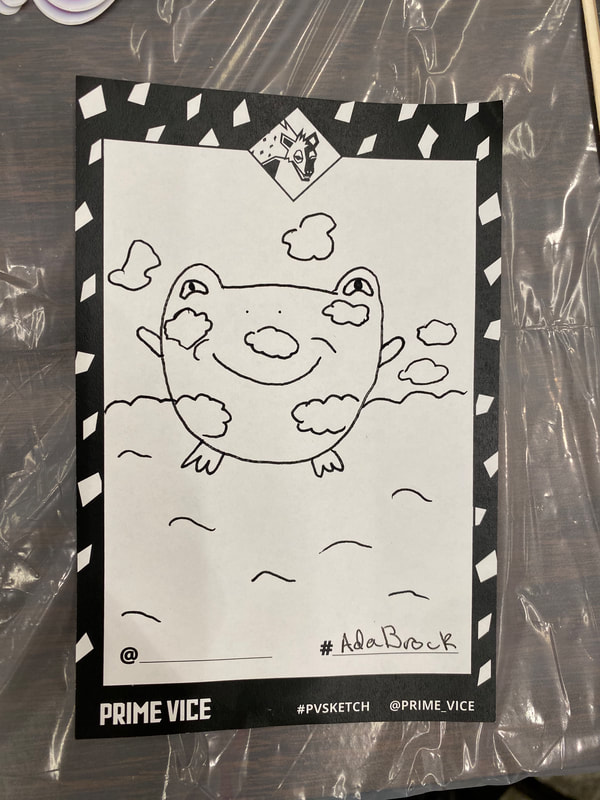
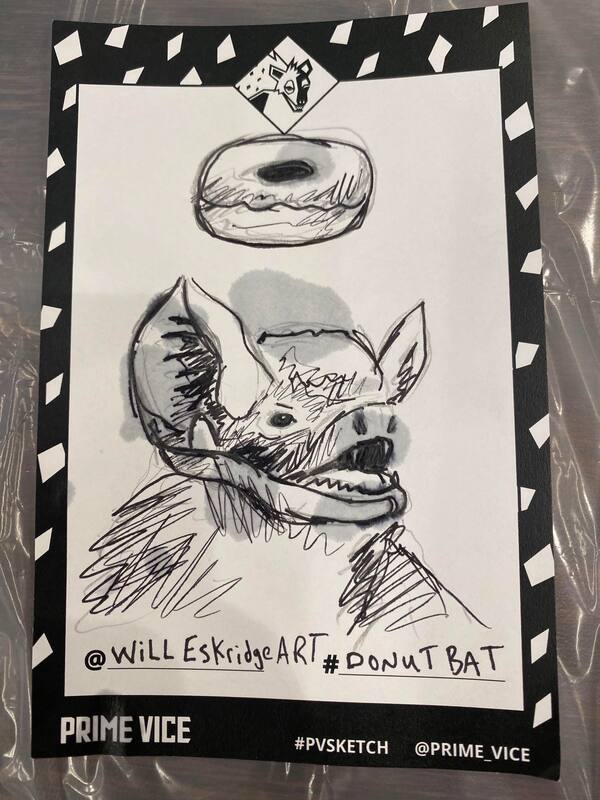
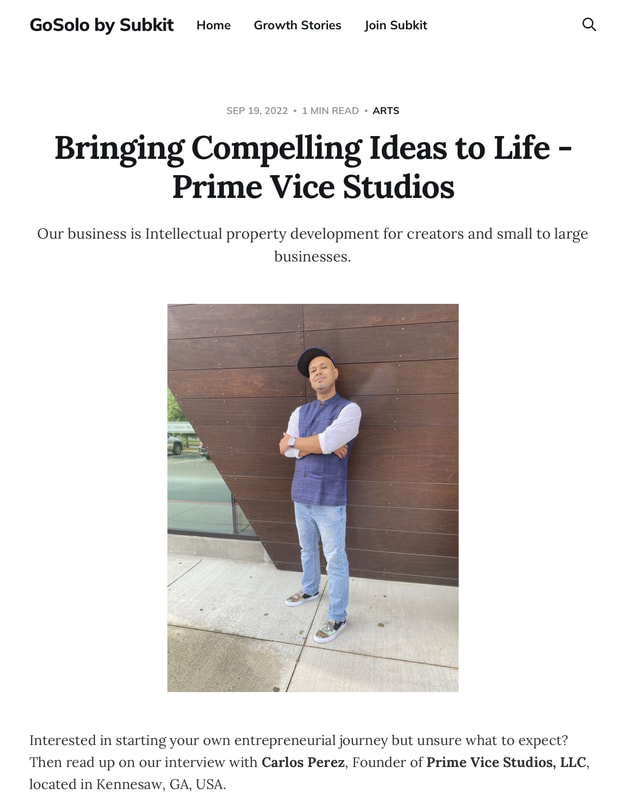
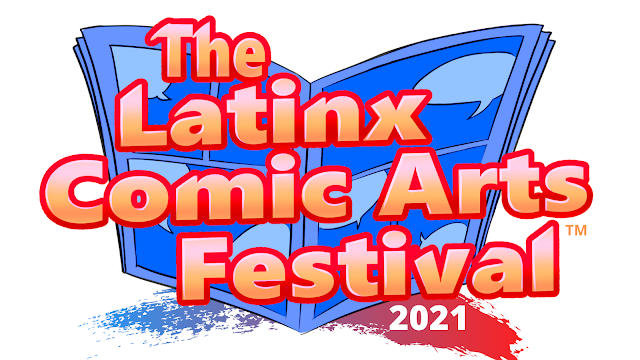
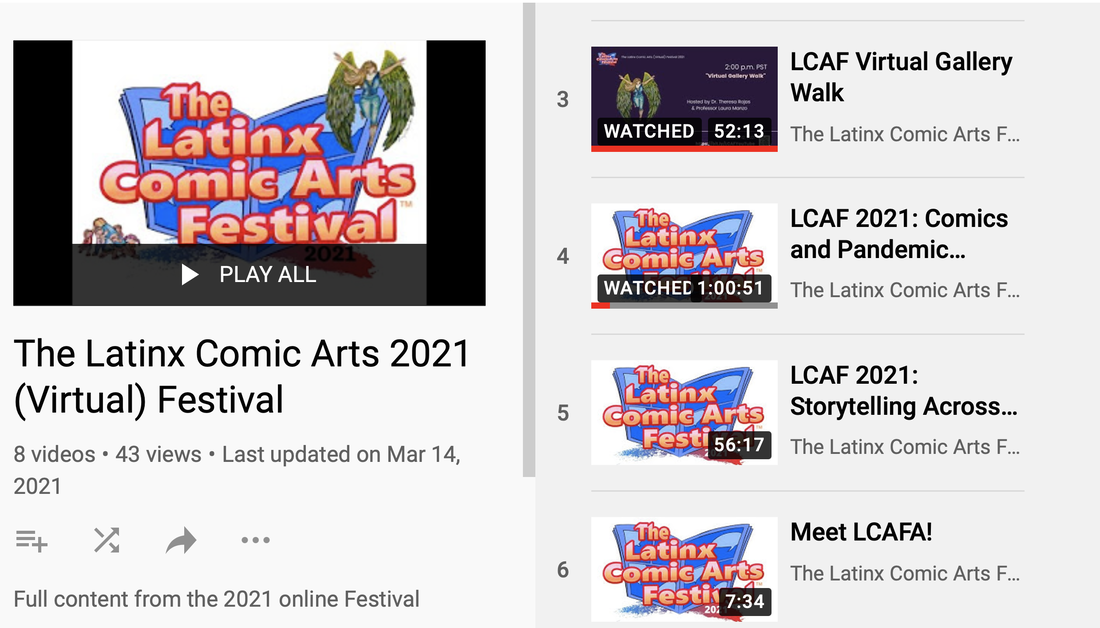
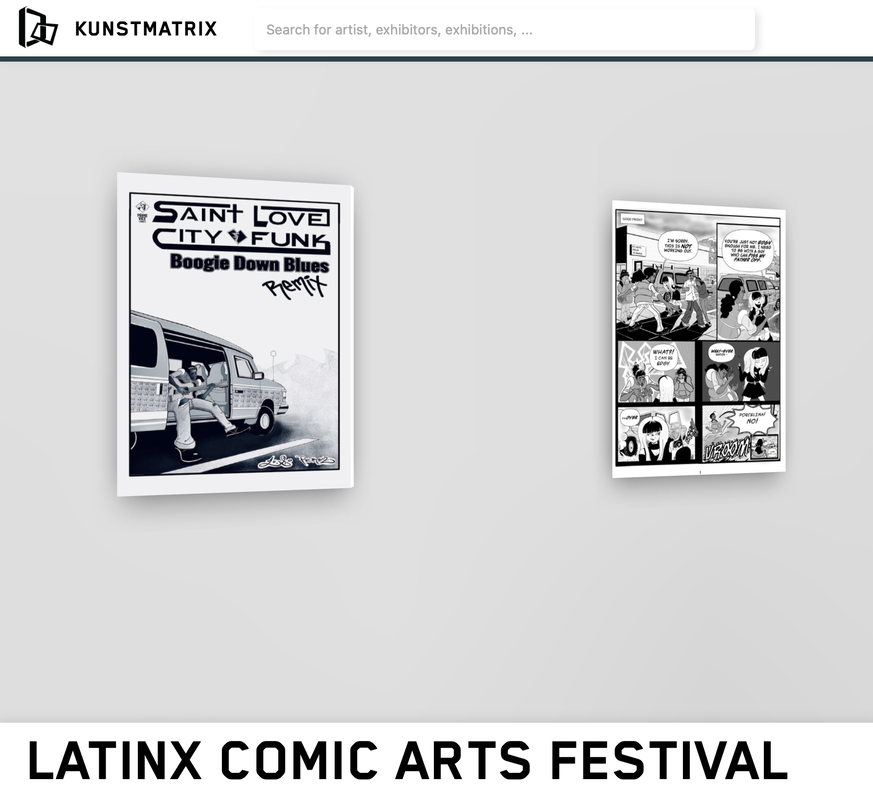
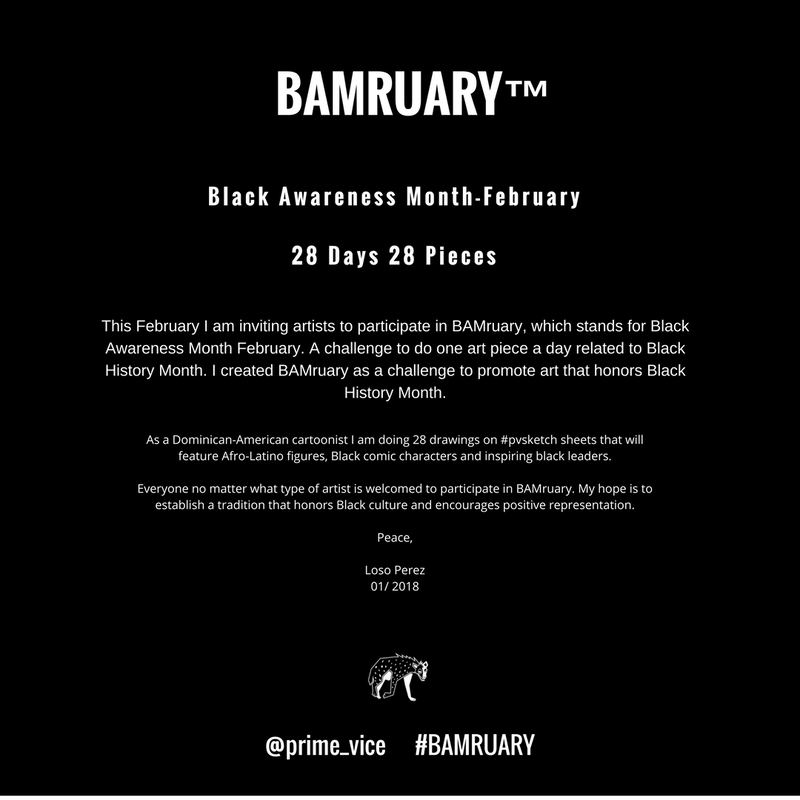
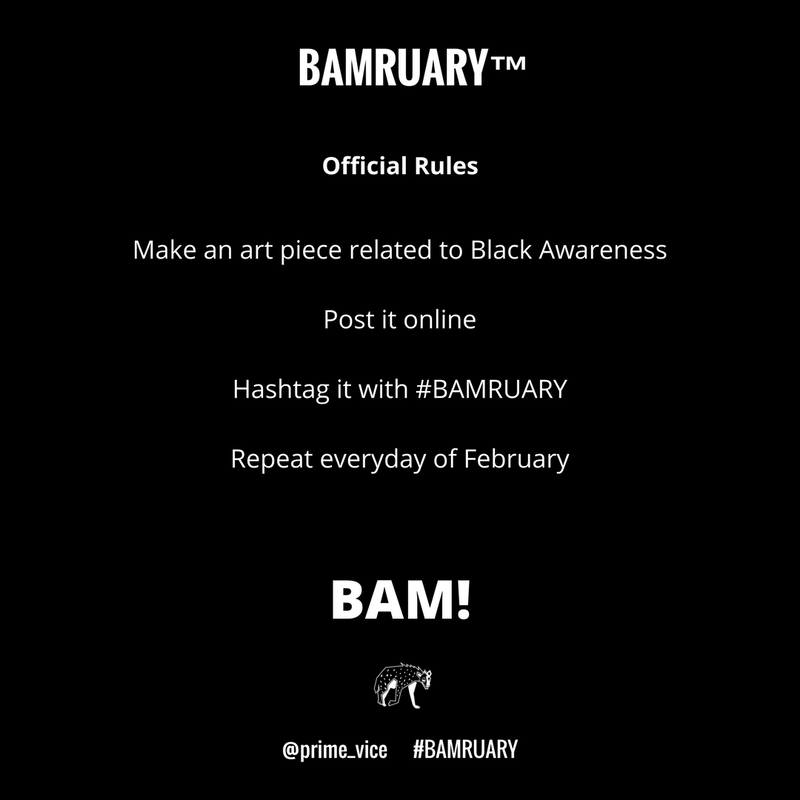
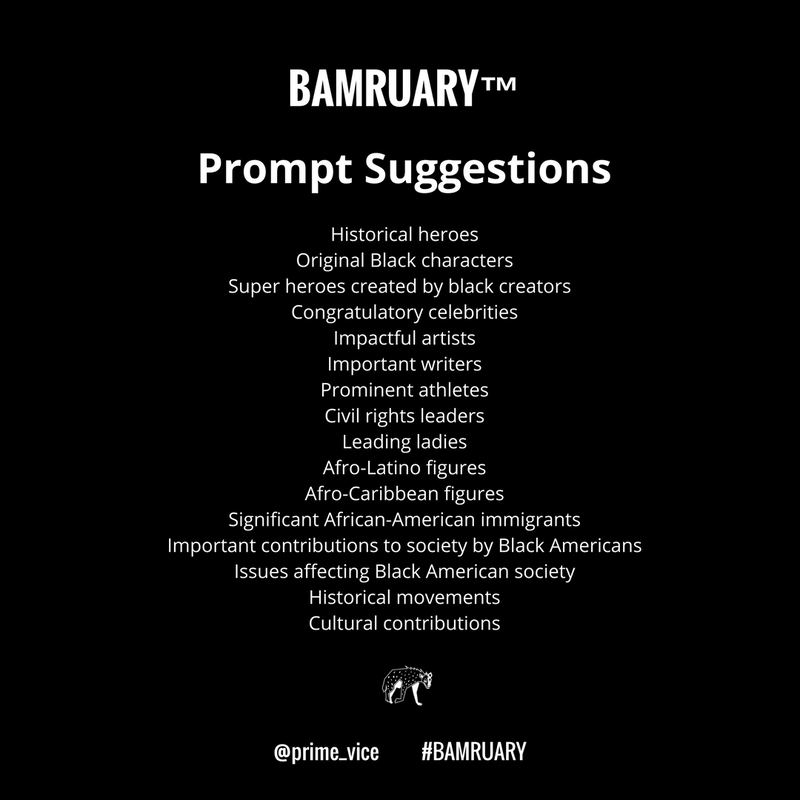
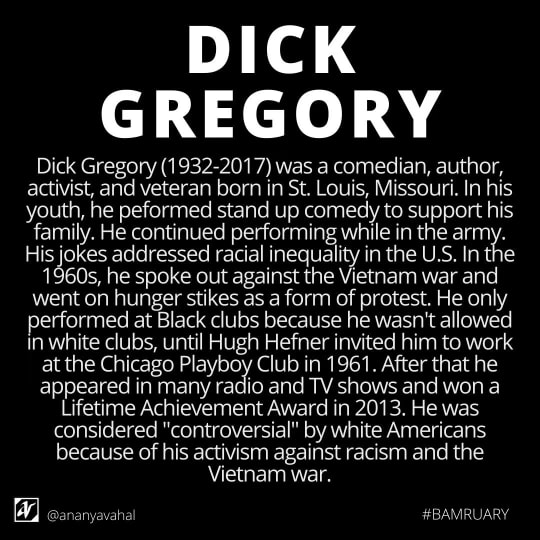
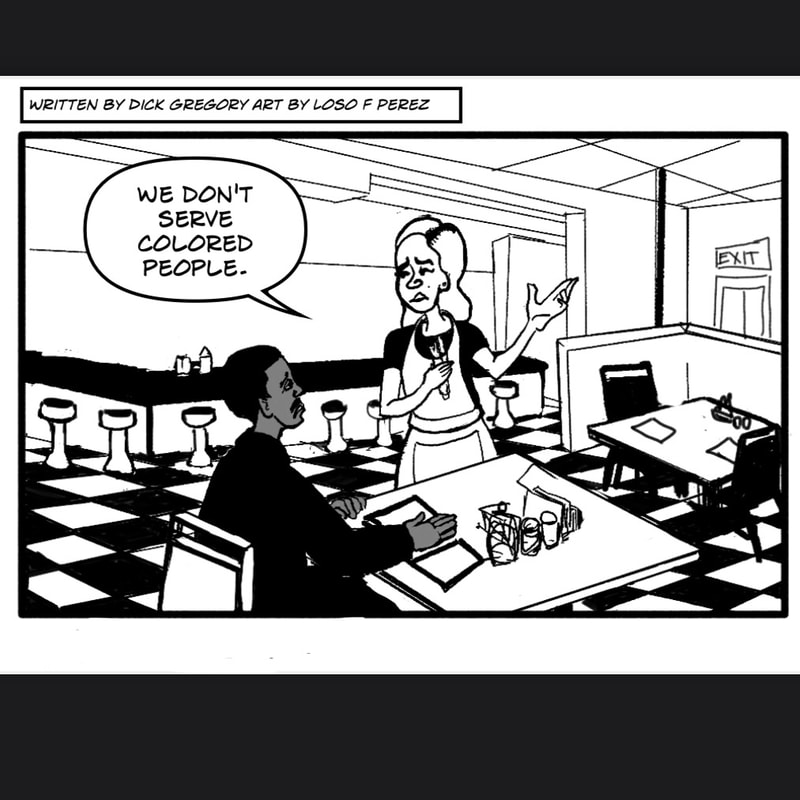
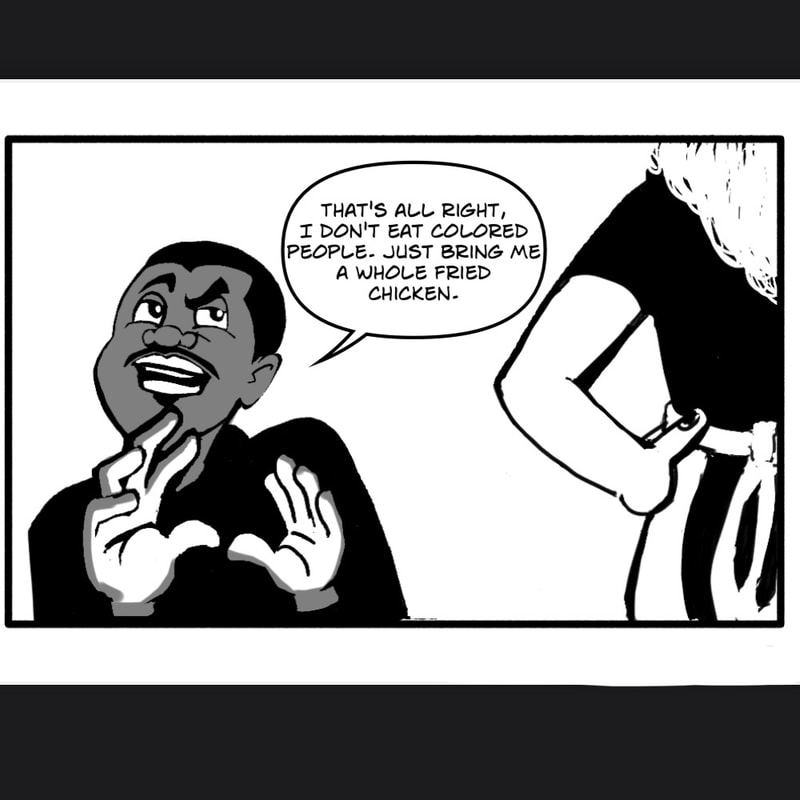
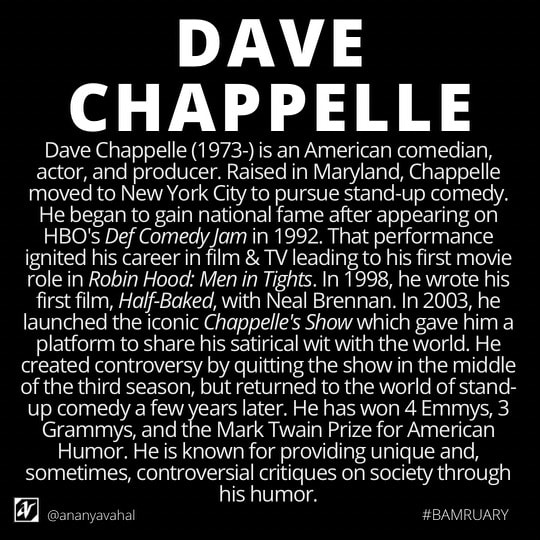
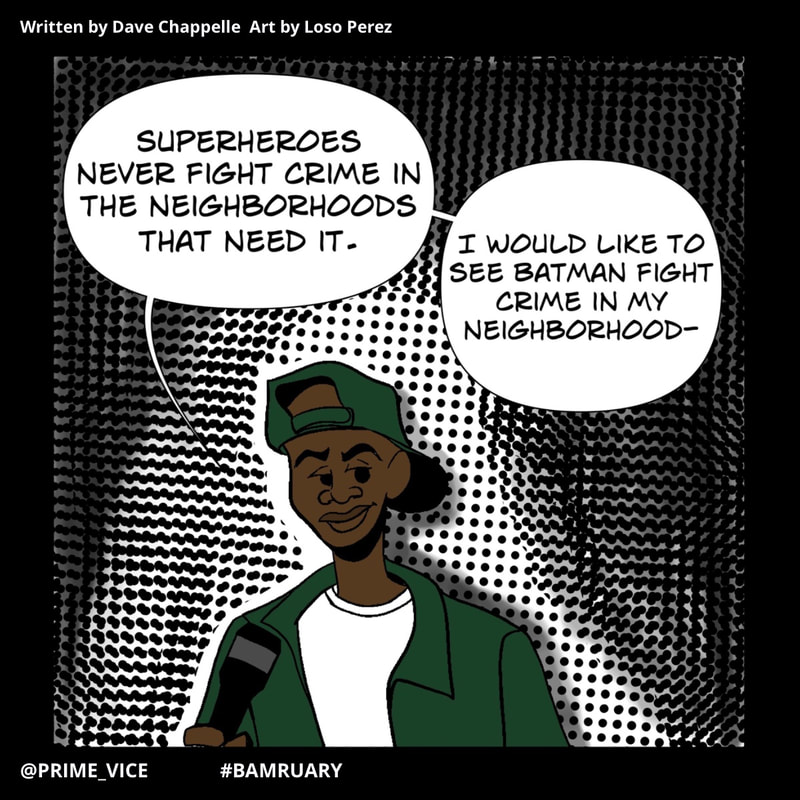
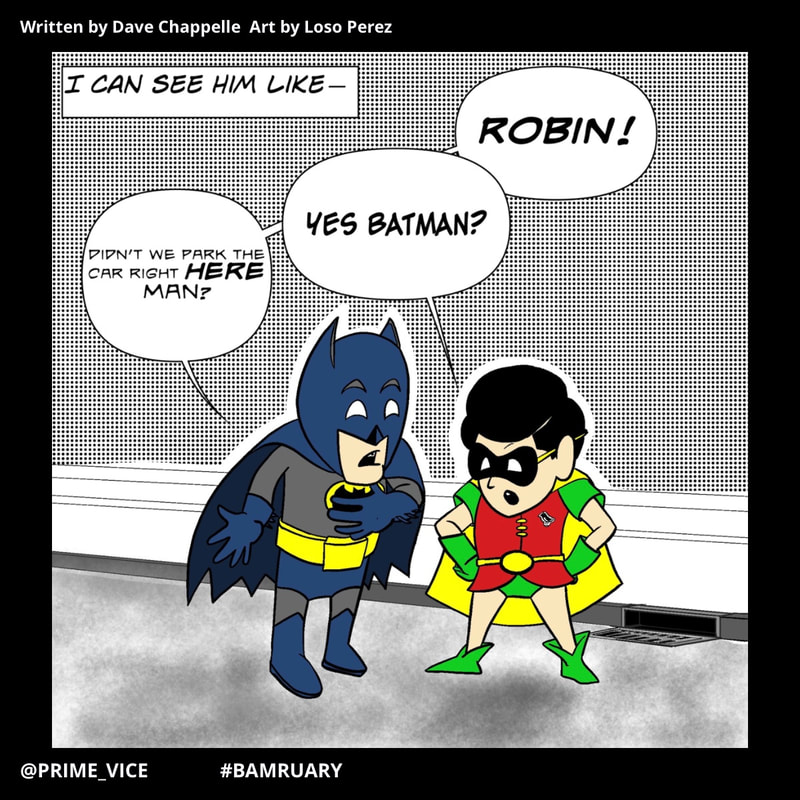
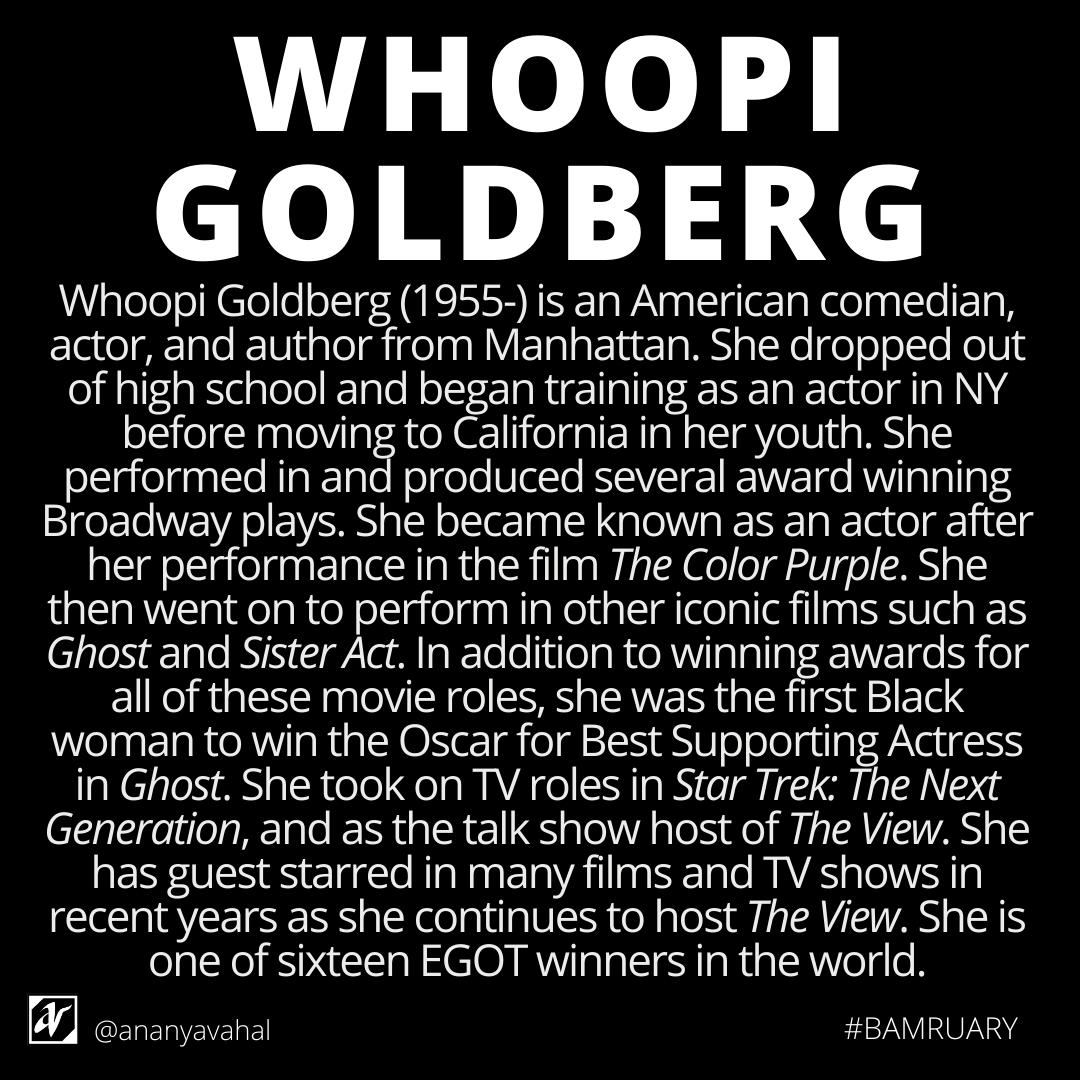
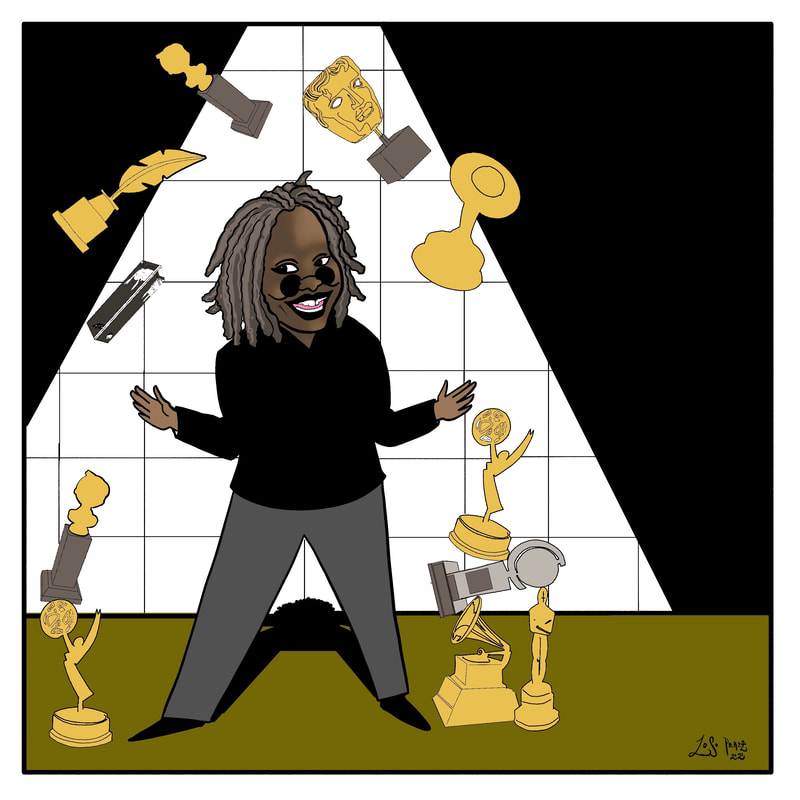

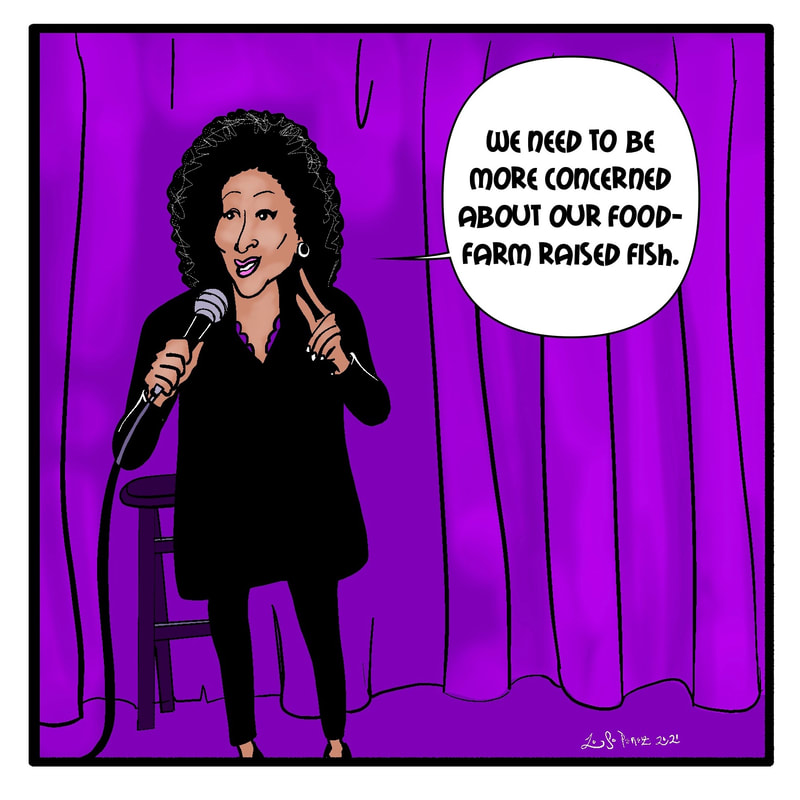
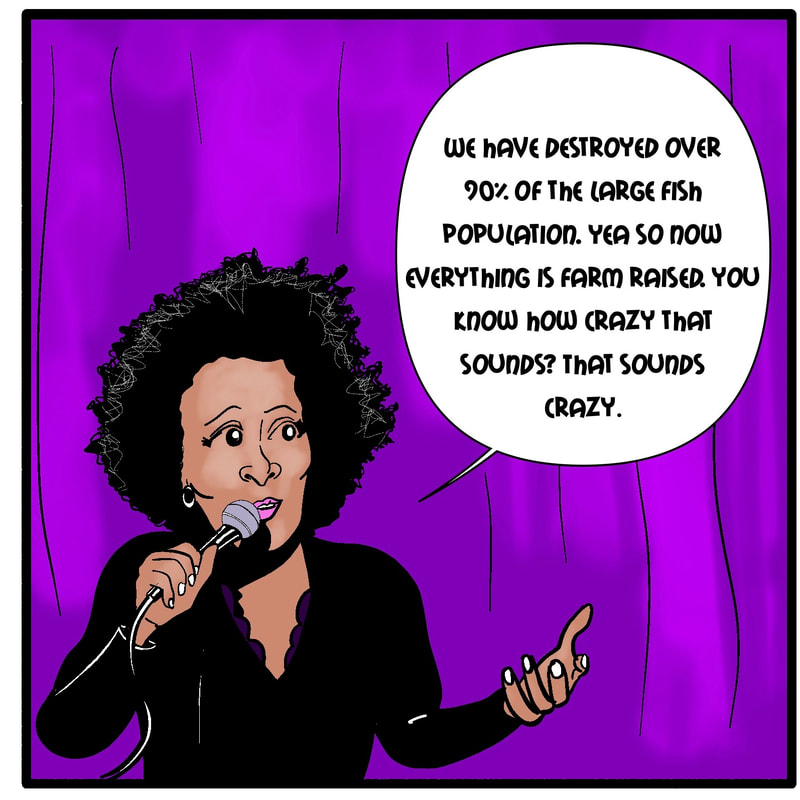
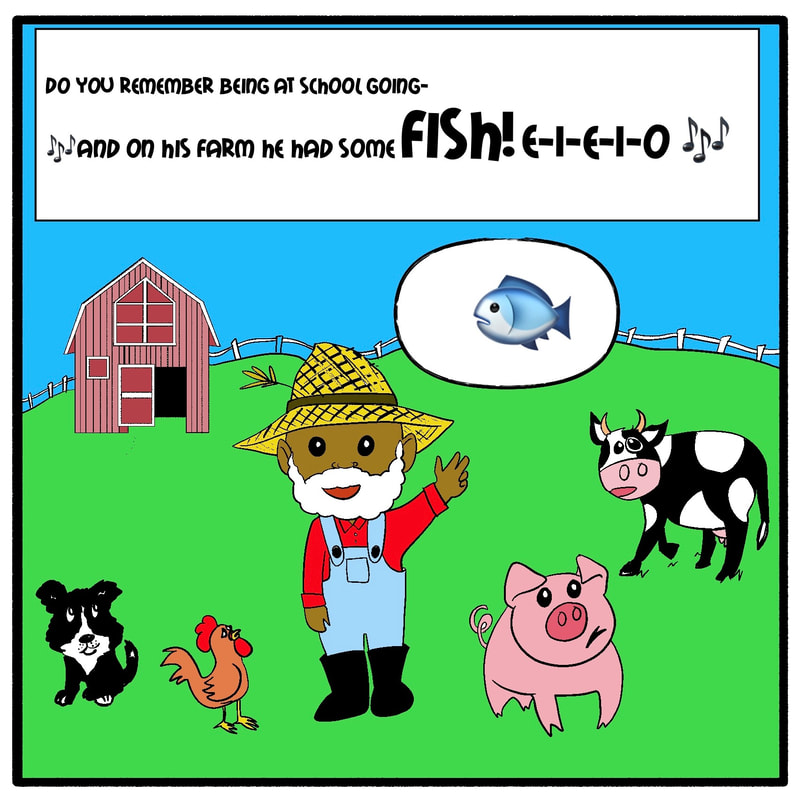


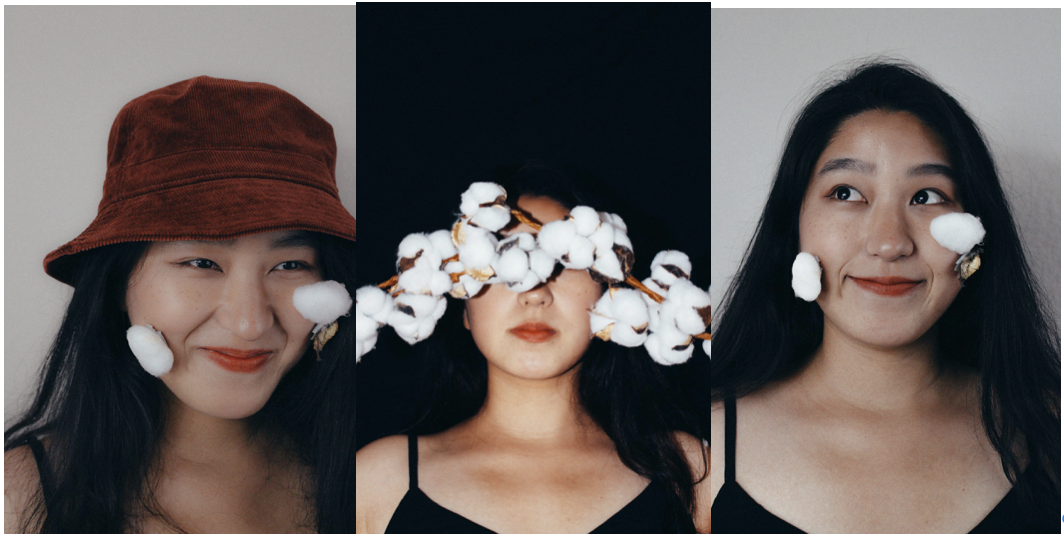
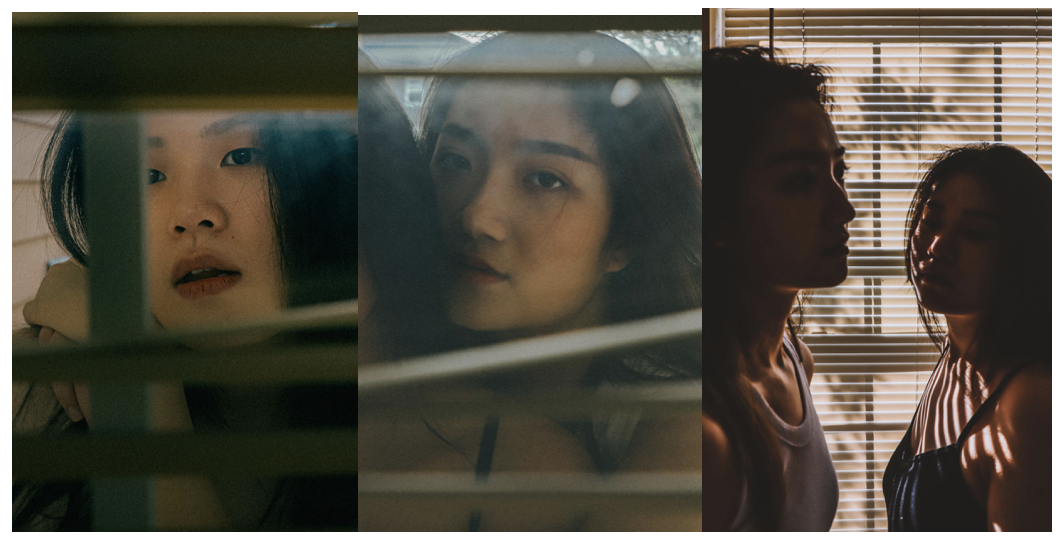

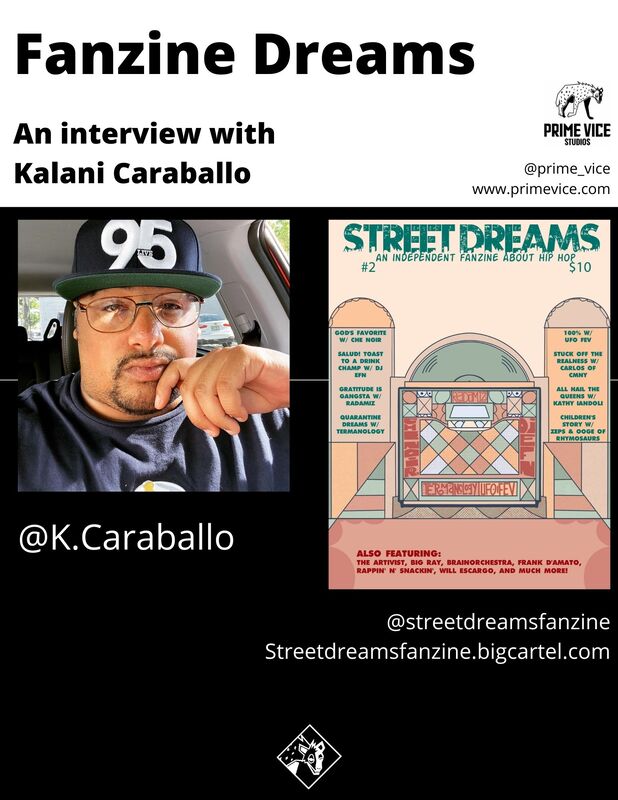
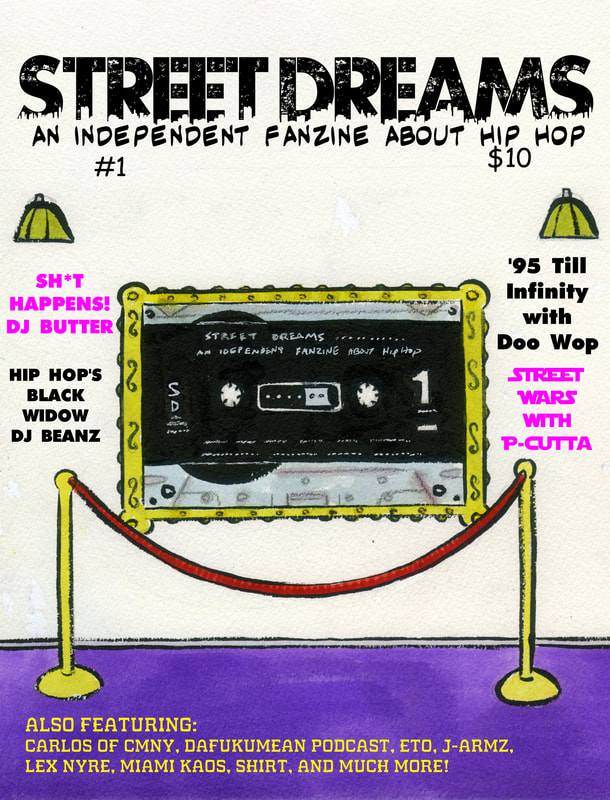
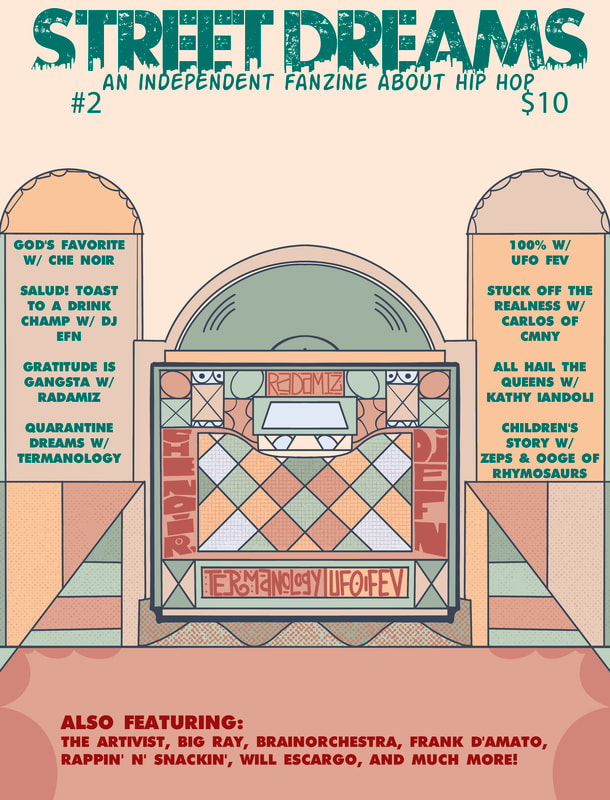
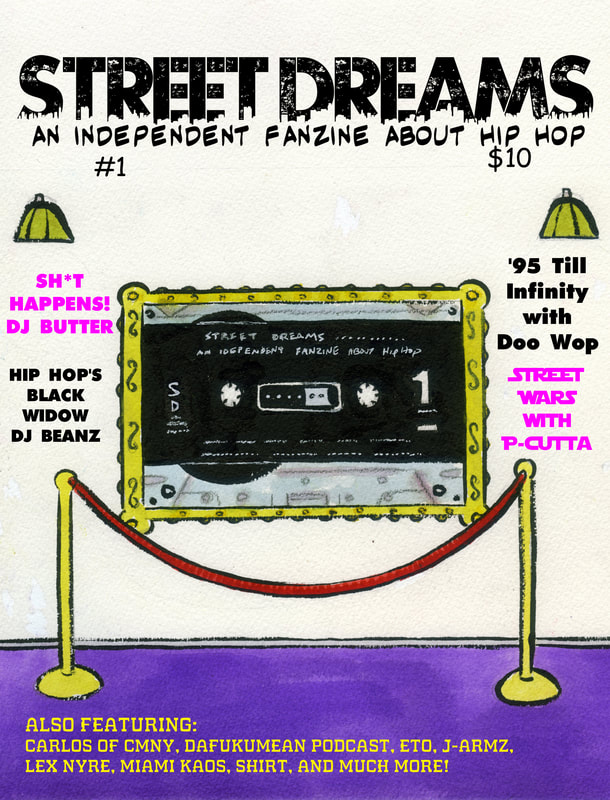
 RSS Feed
RSS Feed
